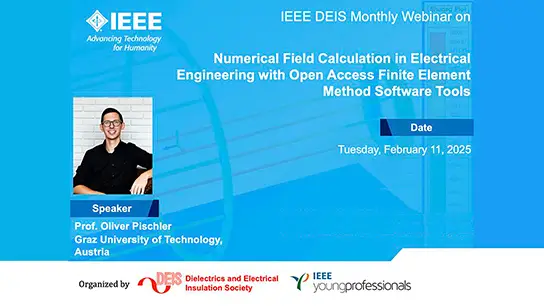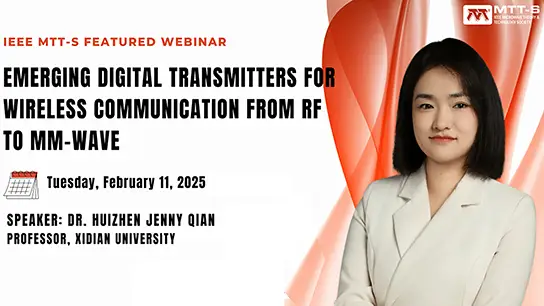-
Members: FreeSYSC
IEEE Members: Free
Non-members: FreeLength: 01:01:54
05 Jun 2024
The fully connected IoT world – both in the consumer and industrial markets - is quickly becoming a reality. But the degree of connectivity challenges may challenge the skill set of practicing system engineers. Not only should SE’s understand traditional embedded hardware and software basics but also the demands of “smart” connected systems. Specifically, SEs must add the data dimension to traditional power, performance, area and cost constraints of embedded and larger systems. Determining how and where data must be processed and analyzed is critical to IoT development. This additional data requirement is part of the larger digitization of previously analog systems. Digitization also enables digital continuity and aids the creation digital twins.
Such digital connections may put the engineering back into systems engineering via model-based designs, testing and manufacturing.
This presentation will show why a basic understanding of the IoT hardware and software related technologies must be integrated with a systems engineering approach to successfully meet the challenges ahead. This discussion does not cover certain specific technologies in detail – such as edge and cloud computing, and digital treads and twins. Rather, it uses these concepts in examples to demonstrate their importance to systems engineering in the connected age.


